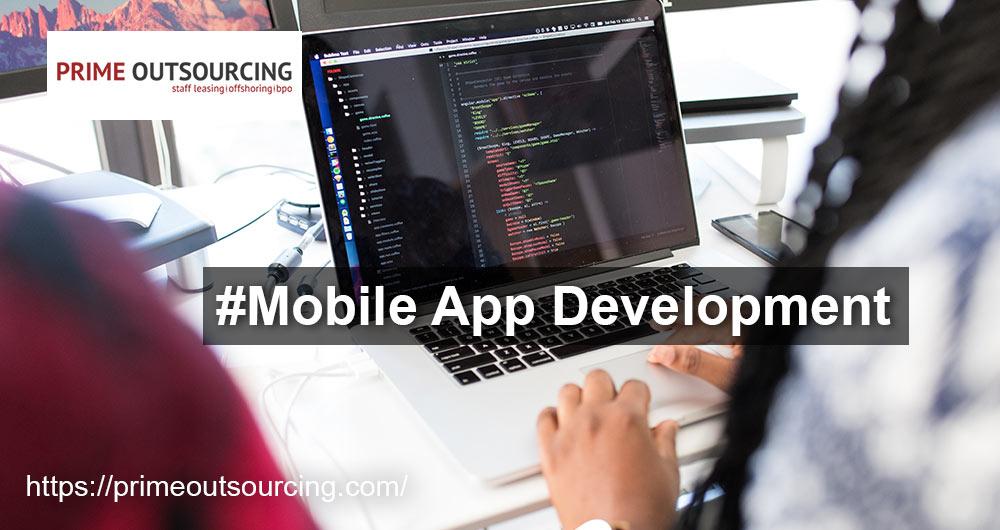Online access through the use of our smartphones has never been easier and more favorable to all people. Mobile internet usage has transcended the usage of personal computers, laptops, and even iPads, and tablets. The majority of people today use their smartphone devices not just for communication but also for mobile-friendly online business transactions, online payment of bills, and online purchases.
The use of cellphone devices to access the internet has begun ever since Apple released its very first smartphone. Thus, being mobile-friendly is a must for every website today.

What is a Mobile-Friendly Website?
A mobile-friendly website is a website that is designed and optimized to provide an optimal viewing and interaction experience across a wide range of mobile devices, such as smartphones and tablets. This means that the website’s layout, content, and navigation automatically adjust and adapt to the smaller screen sizes and touchscreen interfaces of mobile devices, ensuring that users can easily access and interact with the site regardless of the device they are using.
Building a Mobile-Friendly Website
Over the succeeding years, Apple and all other competitors have rivaled against each other to which mobile usage is more convenient and more useful. Apart from this, business owners also have yet to improve their website’s cellular engagements. The number of online business transactions is continuously skyrocketing each year. Furthermore, here’s a piece of advice for all business owners out there; Even though you have an up-and-running successful e-commerce website, your mobile significance is another story.
Although most of the content of your website must also be in your cellular app, you still need to consider these few things for you to have a lucrative mobile app version that is sure to attract your potential clients and customers.

Important Factors on Building a Mobile-Friendly Website
Here are some important notes to take when building a mobile-friendly website.
1. Make an easier way to switch on a desktop view
Some customers would prefer a browse on a desktop for a clearer and wider version. Be able to give your customers an option of their preference, be it a desktop or mobile version.
2. Use a larger font
Mobile devices have smaller screens, so reading very small texts on a small screen won’t be that appealing. Use a font size of at least 14px on each of your web pages. However, you have to test it first, to see which font size will be a good fit for your website.
3. Your button sizes must be large enough to work on mobile
Browsing on a desktop is much more convenient, clicking on a button using a mouse is way easier than tapping on a button on a screen using your fingers. Small buttons are quite hard to work with. Make sure to put buttons that are large enough and clickable.
4. Make your images and CSS compact
You would want your mobile app to perform at a high speed. Customers often lose interest when sites take slow to load. One good way of increasing your mobile app’s mobile-friendliness is by compressing the things that take up a lot of your site’s space and slow its loading time.
Web Development Outsourcing
In the end, if you finally realize that you want a mobile-friendly site for yourself, you should not hesitate to call for a professional’s help. Web development and software development outsourcing has recently become a trend and if I were you, I wouldn’t miss this chance to have a better website.
Outsourcing a web developer or a programmer from the Philippines may offer you lots of perks and advantages you never even expected. Aside from lessening the costs, you wouldn’t even have to think about the whole stressful employment process. Here at Prime Outsourcing, all you need to do is inquire and tell us what kind of services you need. We offer a pool of professionals from different fields to answer all of your digital marketing concerns. To learn about our prime services, you can click here.



